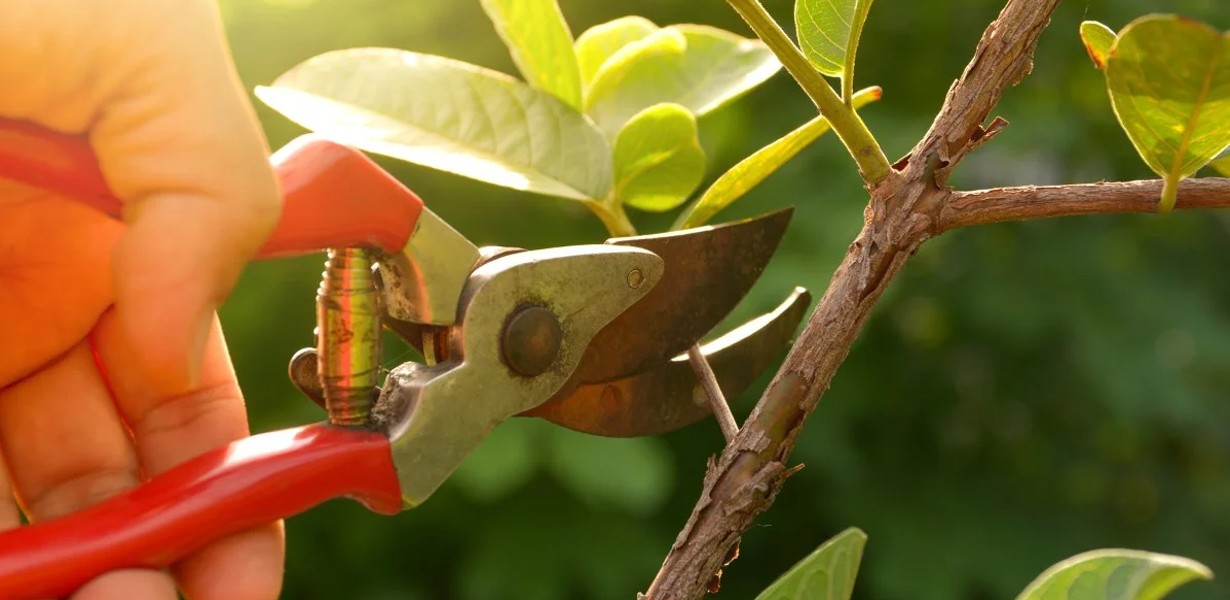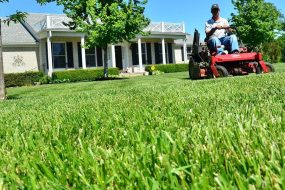
Welcome to our comprehensive guide on planting and pruning, where we delve into the art of tree care. As avid gardeners and tree enthusiasts, we understand the importance of proper planting and pruning techniques to ensure the health and longevity of your trees. In this guide, we will provide you with valuable insights, actionable tips, and expert advice to help you become a confident tree caretaker. Whether you’re a beginner or have some experience, this guide will equip you with the knowledge and skills needed to nurture and maintain your trees.
The Power of Pruning
Unleashing the Potential of Your Trees
Pruning is an essential practice that allows you to shape and nurture your trees for optimal growth and health. By selectively removing branches, you can enhance the overall structure of the tree, promote better airflow, and encourage the development of strong and sturdy limbs. Pruning also helps to eliminate dead, diseased, or damaged branches, reducing the risk of potential hazards. Additionally, proper pruning can stimulate new growth, improve fruit production, and enhance the aesthetic appeal of your trees, making them the centerpiece of your landscape.
Timing Is Key
When it comes to pruning, timing plays a crucial role. Different trees have varying growth patterns and respond differently to pruning at different times of the year. As a general rule, it’s best to prune deciduous trees during their dormant season, typically in late winter or early spring before new growth begins. On the other hand, evergreen trees can be pruned throughout the year, but it’s advisable to avoid pruning during extreme weather conditions. By understanding the unique needs of your trees and pruning them at the right time, you can maximize the benefits and minimize any potential risks.
Planting for Success
Choosing the Right Location
Before you begin the exciting process of planting a new tree, carefully consider the location where it will thrive. Take into account factors such as sunlight exposure, soil type, drainage, and available space for the tree’s mature size. Each tree species has specific requirements, so ensure that the chosen location meets those needs. By providing an ideal environment, you set the stage for healthy growth and long-term success.
Digging the Perfect Hole
When it comes to planting a tree, proper preparation is essential. Begin by digging a hole that is wider and slightly shallower than the root ball of the tree. Loosen the soil in the surrounding area to encourage root penetration and establishment. Avoid planting the tree too deep, as this can suffocate the roots and hinder growth. Once the tree is in place, backfill the hole with a mixture of soil and organic matter, gently tamping it down to eliminate air pockets. Proper planting techniques set the foundation for a thriving tree.
Nurturing Young Trees
After planting, young trees require care and attention to help them establish strong root systems and adapt to their new environment. Regular watering is crucial, especially during the first growing season. Adequate moisture promotes root growth and helps the tree withstand stress. Apply a layer of organic mulch around the base of the tree to conserve moisture, suppress weeds, and regulate soil temperature. Additionally, monitor the tree for any signs of pests, diseases, or nutrient deficiencies, and take appropriate measures to address them promptly.
FAQs (Frequently Asked Questions)
1. How often should I prune my trees?
The frequency of pruning depends on the type of tree and its specific needs. As a general guideline, it’s recommended to prune young trees annually to establish a healthy framework. Mature trees may require pruning every few years to maintain their structure and remove any dead or hazardous branches. However, it’s important to assess each tree individually and consult a professional arborist if you’re unsure about the pruning requirements.
2. What tools do I need for pruning?
Pruning shears, also known as secateurs, are essential tools for precise and controlled pruning. They are ideal for trimming small branches and foliage. For thicker branches, you may need loppers or pruning saws, which provide more cutting power. It’s important to use sharp and clean tools to make clean cuts and minimize the risk of disease transmission. Regularly sanitize your pruning tools to prevent the spread of pathogens between trees.
3. Can pruning harm my trees?
When done correctly, pruning is beneficial for tree health. However, improper pruning techniques or excessive removal of foliage can cause stress and damage to the tree. It’s crucial to follow proper pruning guidelines, such as making clean cuts at the correct angle and avoiding unnecessary branch removal. If you’re unsure about pruning techniques or have concerns about your trees, consult a certified arborist who can provide expert guidance and ensure the well-being of your trees.
4. Are there any safety precautions I should take while pruning?
Safety should always be a top priority when pruning trees. Before you begin, assess the area for any potential hazards, such as overhead power lines or unstable branches. Use appropriate personal protective equipment, including gloves, safety glasses, and sturdy footwear. If the pruning requires working at heights or using power tools, consider hiring a professional tree care service to ensure the job is done safely and efficiently.
5. How long does it take for a newly planted tree to establish?
The time it takes for a newly planted tree to establish and reach its full potential varies depending on several factors, including the tree species, growing conditions, and care provided. In general, it can take several years for a young tree to establish a strong root system and adapt to its surroundings. By providing proper watering, mulching, and regular maintenance, you can help expedite the establishment process and promote healthy growth.
Conclusion
Planting and pruning are essential practices for nurturing and maintaining healthy trees. By understanding the power of pruning, timing your pruning activities correctly, and following proper planting techniques, you can create an environment that fosters the growth and well-being of your trees. Remember to choose the right location, provide adequate care to young trees, and seek professional advice when needed. With the knowledge and actionable tips provided in this guide, you are well-equipped to embark on your tree care journey. Embrace the joy of planting and pruning, and witness the beauty and vitality of your trees flourish over time.
Advertisement







